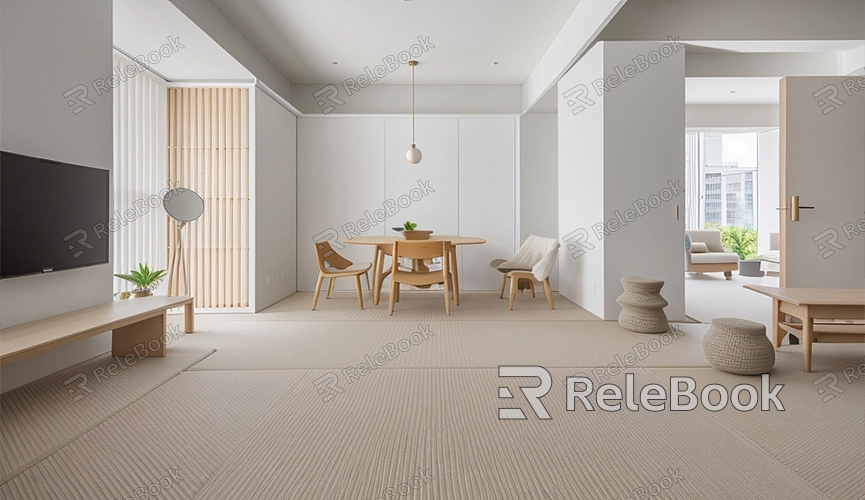How to render phosphorescent lights blender
In 3D modeling and rendering, creating phosphorescent light effects is a technique used to simulate light sources that glow persistently over time. This effect is commonly seen in sci-fi movies, games, and various virtual reality applications to enhance visual impact and atmosphere. Achieving phosphorescent lighting effects in Blender can be accomplished with some straightforward steps and settings. This guide will walk you through the process of rendering phosphorescent lights in Blender and provide tips to enhance the visual quality of your 3D work.

Preparation
Before you start, ensure that your Blender scene is properly set up and your model is complete. Phosphorescent lighting effects require precise lighting and material settings to be effective. Here’s what you need to do:
1. Scene Setup: Ensure you have a suitable scene with the appropriate lighting and model setup. Phosphorescent effects usually look best in a dark or dimly lit environment to make the glow stand out.
2. Material and Texture Settings: Check your material and texture settings. Phosphorescent lighting effects often require glow properties in materials, so make sure your material settings can support this effect.
Creating a Glowing Material
The key to achieving phosphorescent lighting effects in Blender is to create a material with glow properties. Follow these steps:
1. Select the Object: Choose the object to which you want to apply the phosphorescent effect. Typically, glowing materials are applied to light fixtures or specific decorative elements.
2. Add a Material: In the “Materials” panel, click the “New” button to create a new material. Name the material for easier management.
3. Set Glow Properties: In the material properties, select the “Emission” option. Add an “Emission” node to your material in the “Shader Editor” and adjust the emission strength and color to simulate the phosphorescent effect.
4. Adjust Emission Strength: Set the brightness of the glow by adjusting the “Strength” parameter in the Emission node. Increasing the strength will make the effect more pronounced.
5. Choose Color: Select a suitable glow color. Phosphorescent effects often use soft colors like light green or blue to mimic common phosphorescent hues.
Configuring Render Settings
Render settings are crucial for displaying the phosphorescent effect effectively. Here are some configuration suggestions:
1. Select Render Engine: Blender supports multiple rendering engines, but Cycles is better suited for handling complex lighting effects. Ensure Cycles is selected in the “Render” panel.
2. Enable Global Illumination: To better showcase the phosphorescent effect, make sure global illumination is enabled in the render settings. This helps simulate the way light spreads throughout the scene.
3. Adjust Exposure Settings: In the render settings, adjust the camera’s exposure settings to avoid overexposure or underexposure of the phosphorescent effect. Fine-tuning exposure values will make the glow appear more natural.
4. Use Appropriate Light Sources: Set up one or more light sources in the scene, ensuring they do not conflict with the phosphorescent effect. Soft light sources can better showcase the gentle glow of phosphorescence.
Rendering and Post-Processing
After setting up the phosphorescent lighting effects, rendering and post-processing are key steps. Here are some practical tips:
1. Perform Test Renders: Before the final render, perform a test render to check the phosphorescent effect. Make further adjustments to materials and light sources if needed.
2. Post-Processing Adjustments: After rendering, use Blender’s “Compositing” tools for post-processing. You can enhance contrast, adjust colors, and improve the visual impact of the phosphorescent effect.
3. Save and Export: Save the rendered image in an appropriate format, such as PNG or JPEG. Ensure the resolution and quality meet your needs.
Practical Applications
Phosphorescent lighting effects have various practical applications, including glowing lightsabers in sci-fi films, luminescent decorations in games, and more. By using these techniques in Blender, you can create stunning phosphorescent effects that add unique visual appeal to your 3D projects.
Rendering phosphorescent lighting effects in Blender requires some skill and setup, but by creating glowing materials, configuring the right render settings, and performing post-processing, you can achieve satisfying results. If you need high-quality 3D textures and HDRIs for your models and scenes, you can download them for free from [Relebook](https://textures.relebook.com/). For exquisite 3D models, visit [Relebook](https://3dmodels.relebook.com/), where Relebook offers a wide range of premium 3D resources. These resources can further enhance your design and rendering quality, making your phosphorescent lighting effects stand out. We hope this guide helps you master the techniques for rendering phosphorescent lights in Blender and elevate your 3D creation skills.

